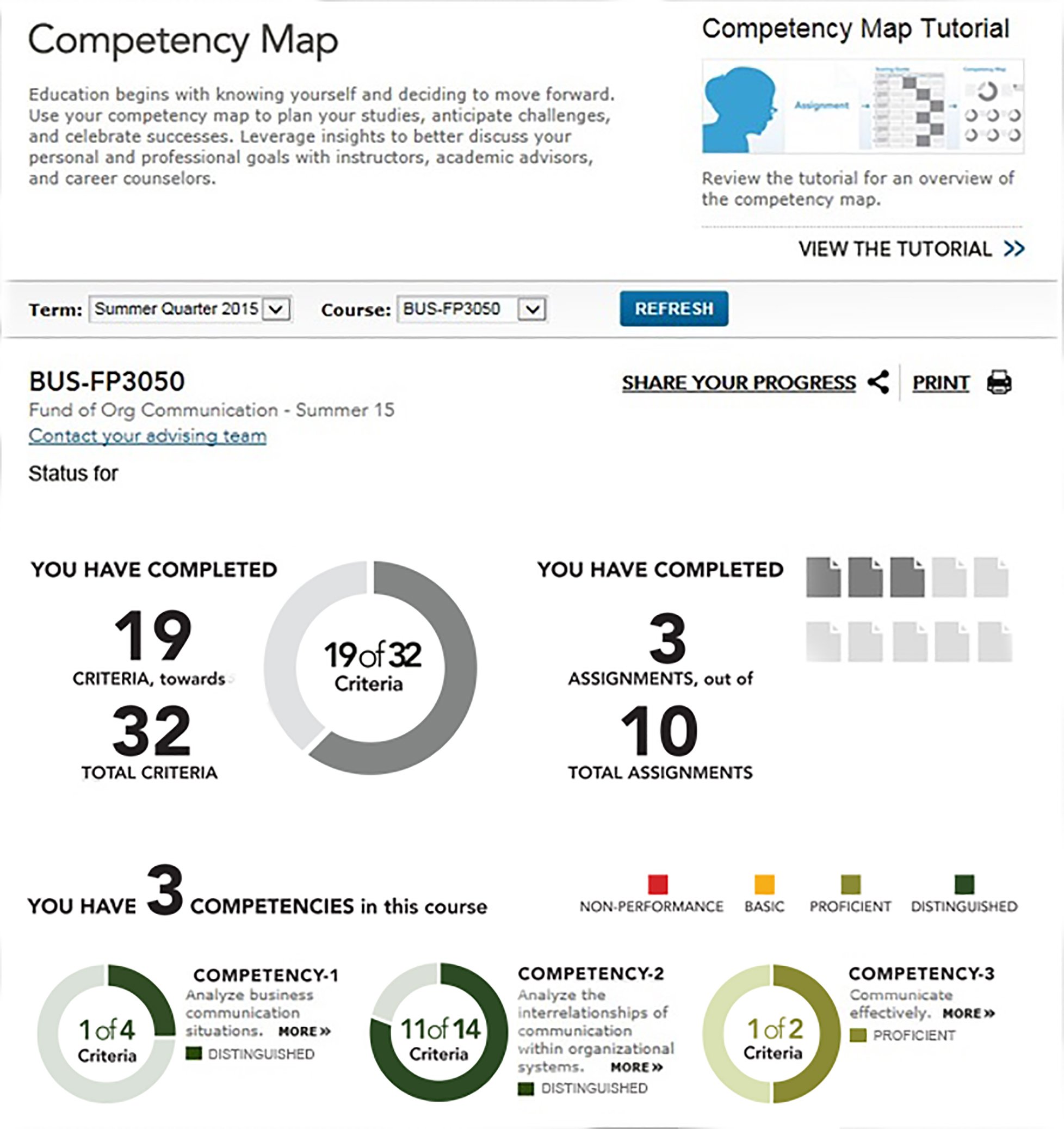Published on
Winners in the Modern Workforce: Using the Language of Competency to Shift the Hiring Process

Millennials are now the largest generation in the U.S. labor force, and have drastically different values and expectations than generations past. According to The Futures Company, authenticity, autonomy and authorship (independence) drive their actions and opinions. And Gallup’s latest report, How Millennials Want to Work and Live, finds that millennials struggle to find good jobs that engage them. They want to be free of old workplace policies and performance management standards.
Needless to say, there is a lot at stake. In an economy with a yawning skills gap and unpredictable job market employers, higher education, job seekers and new graduates need to collectively work together to better frame how people hire and get hired in the United States to maintain a strong, engaged workforce.
Employers trying to attract top talent should identify and value candidates based on talents and skills they can bring. This will show the candidate exactly how he or she will have an impact within their team and company overall.
And in response, candidates who articulate specific talents and skills they bring to the table can help themselves stand out in working to land a job. In 2018 and beyond, it is those employers and job seekers who use a competency-based language—one that focuses on talents and skills that demonstrate professional readiness—who will be better positioned to succeed.
Hiring Bodies
Unfortunately, today, some employers ignore what millennials want from work and a career—and are still focused on finding candidates who check specific boxes: Bachelor’s degree; prior experience in the field; letters of recommendation; etc. Yet, employer survey after employer survey reports that hiring managers think applicants are not prepared. If we truly want to start hiring the people best for the job, as well as engage and retain them as part of the workforce, employers need to alter their practices and base hiring on competencies, which represent the knowledge, skills, and professional dispositions of applicants.
Recently, the U.S. Chamber of Commerce Foundation released a curriculum aimed to help train employers in this area. This curriculum shows employers how they can better communicate hiring needs, by using language based on shared competency and credentialing frameworks.
This is the direction employers need to be moving. If employers take it upon themselves to change the current status quo and begin to speak this language, they will become better aligned with future-thinking colleges and universities that are adapting ways they assess student success to focus on competencies. And in turn, they have a greater chance of attracting graduates from these institutions, who can adequately communicate the knowledge and skills they have mastered.
Working Professionals
Middle-skill jobs are increasingly requiring higher, more niche skillsets. While a degree level may suggest you know enough about a certain profession or field, it alone no longer adequately signals professional competencies for today’s employer. If you want to stand out in 2018’s competitive job market, work to showcase tangible professional competencies that you can immediately put into action.
This is where continuous education can help. You should look for education providers that assess based on workplace skills and competencies expected in the profession, so when you complete a program and are looking for a job, you will already have the necessary tools to communicate this to employers. We currently are seeing this across some key players in higher education. A perfect example is the Competency-Based Education Network (C-BEN). This group of colleges and universities are working together to develop and scale competency-based degree programs across the country. This is just one effort that illustrates how higher education is growing enthusiastic about providing increased access to education focused on in-demand skills and competencies versus a traditional degree.
In 2017 at Capella University, millennials made up almost half of our learner base. We structure our curriculum around a competency-based-education model, specifically designed for those who want an efficient way to gain skills and knowledge to help advance their career. Students receive a Competency Map—a dashboard that displays their academic progress toward demonstrating competencies within each course. Including a competency, or similar record, in resumes and portfolios provides evidence to employers of what job seekers can actually do and understand in the workplace.
The stakes are high as we continue into the new year and beyond. In order to begin shrinking skills gaps of the modern workforce—employers, higher education, and those looking for new employment need to collaborate and speak a common competency-based language. This will be the first step to change and significantly improve how we hire and get hired in the near future.
Author Perspective: Administrator




